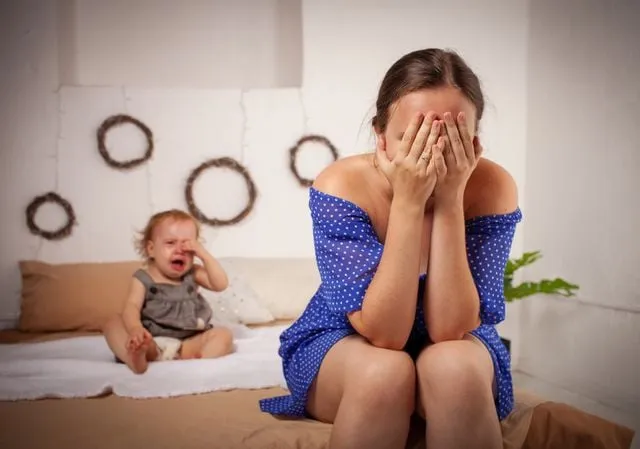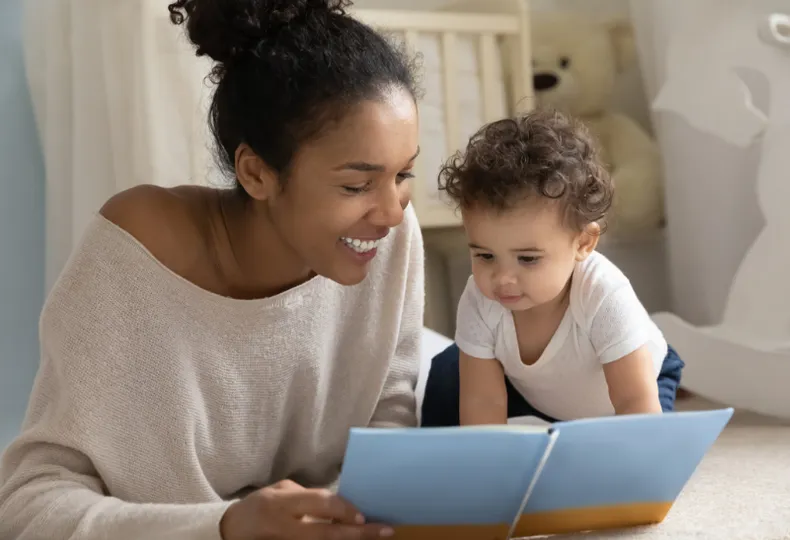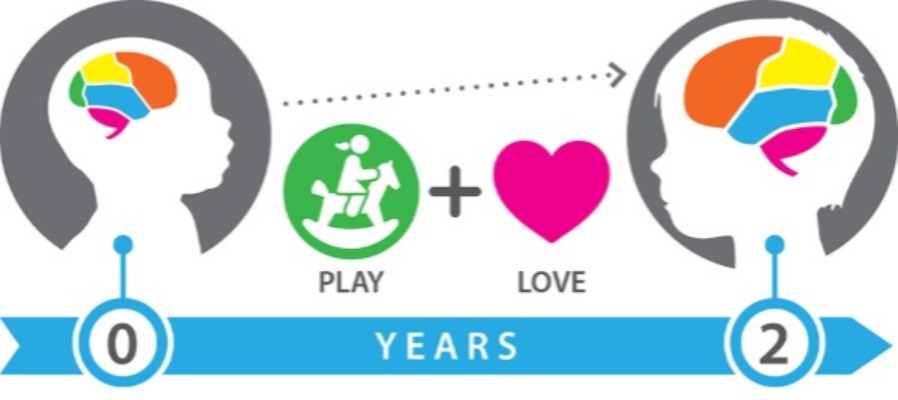Understanding Attachment and Separation Anxiety - Navigating Your Child's Emotions

Many parents understandably experience concern when their child sheds tears, throws tantrums, or clings tightly during farewells. Witnessing this reaction from your little one can tug at your heartstrings, but it's important to recognize that it's entirely normal for babies and toddlers to become upset when you part ways with them. This common response is known as separation anxiety, and it indicates that your child has developed a healthy attachment to you.
What Does a Secure Attachment Look Like?
A baby who forms a secure attachment with a primary caregiver, whether it's a parent or nanny, will feel comfortable exploring their surroundings and interacting with strangers when their caregiver is present. This secure attachment serves as a foundation for their overall development and plays a pivotal role in their social and emotional growth later in life. The person to whom they're attached acts as a secure base, offering them the confidence to explore while knowing they're safe. When this individual leaves, it's natural for the child to become upset, cry, or exhibit clingy behavior. Every child is unique, but this secure attachment typically starts to form at around 7-9 months of age. By the time they reach approximately 18 months old, most toddlers have developed attachments to multiple people, often including family members and their nanny.
Understanding Separation Anxiety
Separation anxiety occurs when a child experiences distress upon being separated from a caregiver to whom they're attached. The intensity and frequency of separation anxiety can vary between children, but it usually emerges when the child forms their initial genuine attachment, which typically occurs around 7-9 months of age. Separation anxiety may peak in intensity between 14-18 months and then gradually wanes, although some children may experience occasional bouts of separation anxiety until around age 4.
While separation anxiety is a natural part of development, it can still be a distressing experience for everyone involved. Here are some tips to help make this process more manageable (adapted from Robinson, L., 2018):
- Gradual Separation: Begin by gradually easing your child into short periods of separation, leaving them with a caregiver. Over time, increase the duration of these separations.
- Create a Goodbye Routine: Develop a quick, reassuring routine to prepare your child for your departure. Make sure it:
- Lets them know you are leaving and will return.
- Isn't overly prolonged, to avoid making it seem like a bigger deal.
- Doesn't involve false promises, like saying you're going to the park when you're not.
- Encourages the nanny or the person with them to engage and distract your child once you've left.
- Familiar Surroundings and Objects: Leaving your child in a familiar environment where they feel secure can be comforting. If this isn't possible, encourage them to bring along a cherished object like a teddy bear or blanket for added comfort.
- Be Consistent: As challenging as it may be, establish clear boundaries and reassure your child that they will be fine during your absence.
- Consistent Caregiver: Whenever feasible, maintain the same caregiver for your child. Changing caregivers can introduce inconsistency and potentially worsen separation anxiety.
The next time your child experiences separation anxiety, keep these tips in mind, and remember that this phase is a natural part of their development. It will pass with time.
(Lara Schoenfeld)
References:
Alexander, L. (2021). How to Stop a Whining Child. Retrieved July 21, 2021, from Momlovesbest.com How to Stop a Whining Child (Pro Tips from a Pediatrician) (momlovesbest.com)
Goha, G. (2014). Separation anxiety in children and scope of attachment theory. ResearchGate.
Lawrence Robinson, J. S. (2018, June). Separation Anxiety and Separation Anxiety Disorder. Retrieved July 25, 2018, from HelpGuide.org: https://www.helpguide.org/articles/anxiety/separation-anxiety-and-separation-anxiety-disorder.htm
McLeod, S. (2017). Attachment Theory. Retrieved July 25, 2018, from Simply Psychology: https://www.simplypsychology.org/attachment.html
Sigelman, C. a. (2012). Human Development Across the Life Span. Wadsworth Cengage Learning



